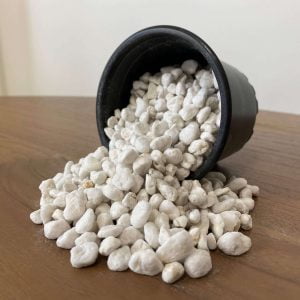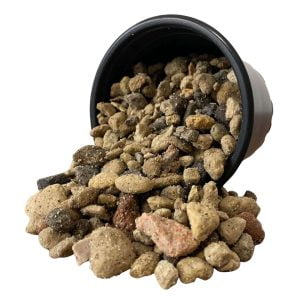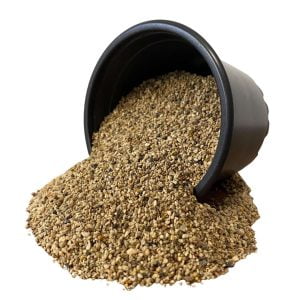Pumice and perlite are both popular additives used in potting mixes for plants. While they may seem similar at first glance, there are actually several key differences between these two materials.
Pumice is a type of volcanic rock that forms when lava cools rapidly. It is lightweight and porous, with a spongy texture that makes it an ideal soil amendment. Pumice is rich in minerals, including potassium, magnesium, and calcium, which can help improve the overall health of your plants.
Perlite, on the other hand, is a man-made material made by heating volcanic glass until it expands and forms a porous structure. It is also lightweight and porous, but has a more fragile structure than pumice. Perlite is often used to help improve soil drainage, as its porous structure allows excess water to quickly drain away from the roots of your plants.
So which one is better? The answer depends on your specific needs. Pumice is a great option for plants that prefer well-draining soil, as its porous structure helps to retain moisture while also allowing excess water to drain away. It is also a good option for plants that prefer slightly acidic soil, as pumice has a slightly lower pH than perlite (7.0).
Perlite, on the other hand, is a better option for plants that require very well-draining soil, as its structure is even more porous than pumice. It is also a good option for plants that prefer slightly alkaline soil, as perlite has a slightly higher pH than pumice (7.0 – 7.5).
In general, both pumice and perlite are useful additives for potting mixes.
Pumice & Perlite
-

 Perlite – Super Coarse$14.90 – $56.90 Inc GST
Perlite – Super Coarse$14.90 – $56.90 Inc GST -

 Perlite – Jumbo$14.90 – $56.90 Inc GST
Perlite – Jumbo$14.90 – $56.90 Inc GST -
Product on sale

 Pumice 7-20mm$21.90 – $42.90 Inc GST
Pumice 7-20mm$21.90 – $42.90 Inc GST -
Product on sale

 Pumice 1-7mm$21.90 – $42.90 Inc GST
Pumice 1-7mm$21.90 – $42.90 Inc GST -
Product on sale

 Pumice 1-2mm$21.90 – $42.90 Inc GST
Pumice 1-2mm$21.90 – $42.90 Inc GST -

 Perlite – Medium Grade$13.00 – $53.90 Inc GST
Perlite – Medium Grade$13.00 – $53.90 Inc GST
